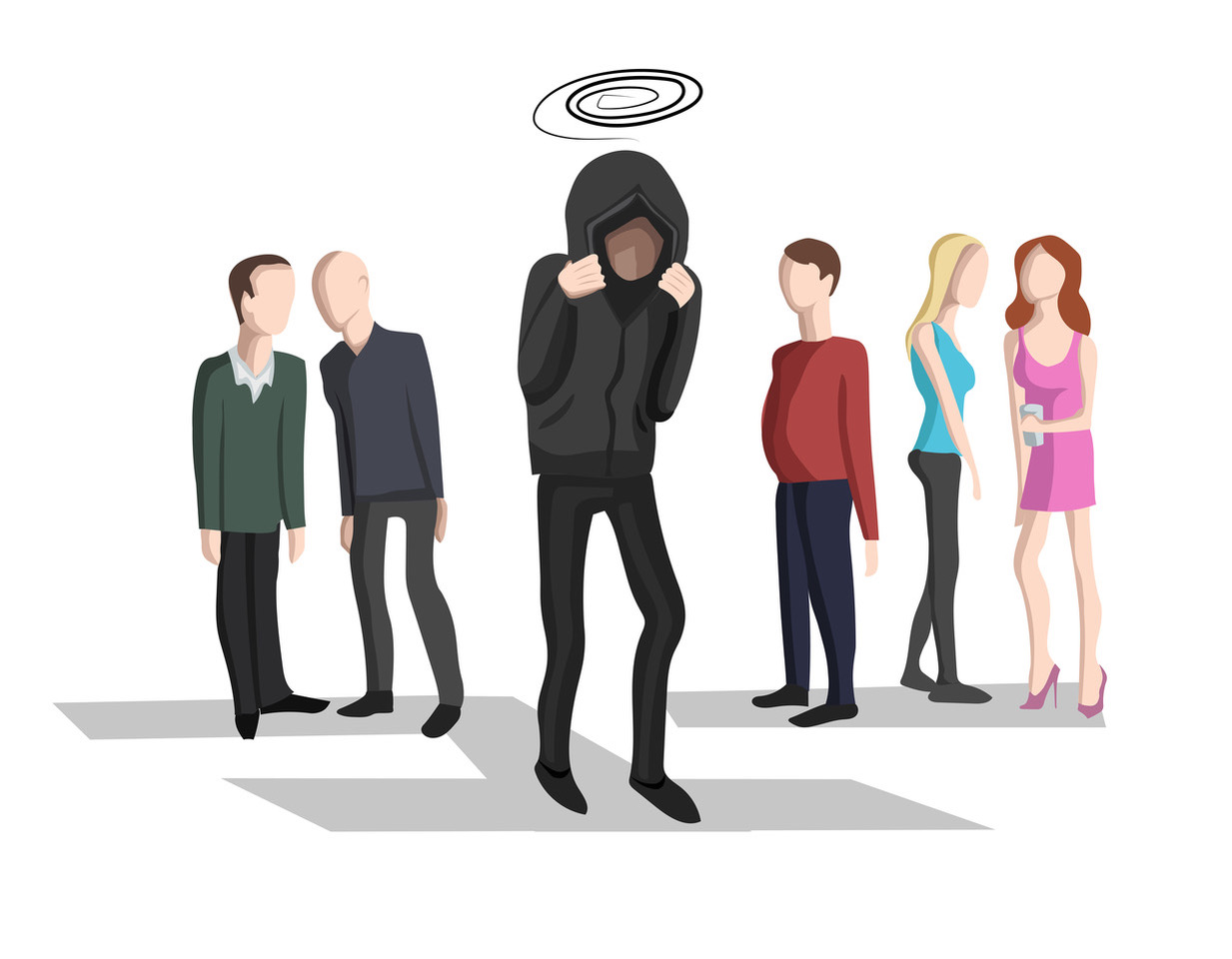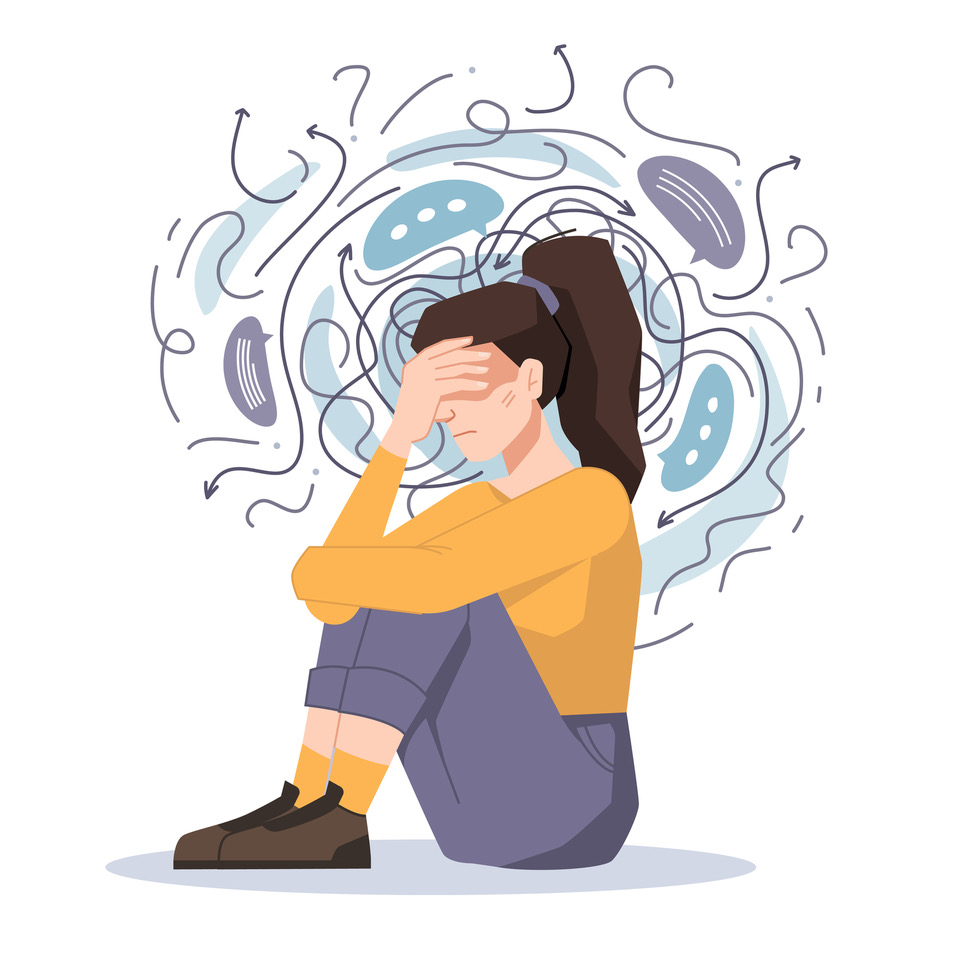In today’s fast-paced world, change is constant and inevitable. The rise of technology, cultural shifts, and the impact of events such as the pandemic have all contributed to swift and significant changes. These changes affect many areas of our lives, from dating to social customs, work relationships, and beyond. As a result, anxiety has increased in general, along with an increase in social anxiety disorder (SAD).
Although social anxiety disorder is not a new phenomenon, it’s becoming more widespread in our society. It’s estimated that SAD now affects approximately 15 million adults in the United States alone (about 7% of the population), and many more across the globe. It should also be noted that social anxiety disorder exists on a spectrum, and many people may experience varying degrees of it without meeting the diagnostic criteria for SAD.
Why Do So Many People Have Social Anxiety Now?

In times of rapid social change such as we’re currently experiencing, social anxiety can become even more prevalent. The uncertainty and confusion caused by these events can amplify anxiety and fear in people with SAD.
One area where change has been significant recently is in social customs. Depending on the circumstances, what was once considered acceptable or even expected in social situations may no longer be the norm. For example, the pandemic altered how we interacted with others, such as adding the requirements for social distancing and wearing masks. As the virus continued to evolve, some people have maintained these measures while others stopped using them. This ambiguity can make it unclear to know how to act from one situation to another, leading to worry and anxiety.
An example of a technological change that has impacted our lives is internet dating. The online world has revolutionized how we meet people, and has opened up a myriad of possibilities for romantic relationships. However, with so many options and the ability to connect with people from all over the planet, it can be overwhelming to know how to proceed. This can contribute to a fear of making social and cultural mistakes, as well as a fear of being judged.
The shifting landscape of work relationships is yet another case where uncertainty has contributed to social anxiety. With remote work now more common than prior to the pandemic, there may be fewer opportunities for in-person interactions. This can lead to a lack of clarity in how to communicate effectively with colleagues. Additionally, as workplaces become more diverse, navigating different cultural norms and expectations can be challenging.
Other Contributing Factors

Aside from social and cultural adjustments, other influences have contributed to the current surge in social anxiety, including:
1. Social media: In today’s world, social media has become an integral part of our lives. While it has its benefits, it can also intensify social anxiety. Seeing everyone’s highlight reels on Instagram or Facebook can make those struggling with SAD feel like they’re not measuring up or that everyone else is living a better life than they are.
2. Pressure to succeed: With the rise of technology, there’s more pressure than ever to be successful. The constant need to achieve can create a breeding ground for SAD. People with social anxiety may feel like they’re not keeping up or that they’re not successful enough, leading to feelings of inadequacy.
3. Individualism: Here in the U.S., there is a growing prevalence of individualism in our culture. We’re encouraged to be self-sufficient, independent and assertive. But these values can also make us feel isolated and disconnected from others, which can trigger social anxiety.
4. Political and social tensions: Political and social tensions can also contribute to social anxiety. With so much divisiveness in the world, people may be reluctant to express their opinions for fear that they’ll be judged for their beliefs. This can lead to an unwillingness to engage in social situations or even to leave the house altogether.
Even though these changes can contribute to doubt, anxiety, and fear of making mistakes, it’s important to remember that they also bring opportunities for growth and development. By being open to new experiences and being willing to learn, we can navigate through each change and adapt to new social norms and expectations.
Despite the adversity that social anxiety presents, it’s essential to remember that it is a treatable condition. Cognitive-behavioral therapy (CBT), medication and lifestyle modifications can all be effective in managing social anxiety and improving quality of life. Seeking support from friends, family, or a mental health professional can also be beneficial in dealing with the symptoms of social anxiety.

Written by Andrew Rosen, PhD, ABPP, FAACP
NSAC South Florida











